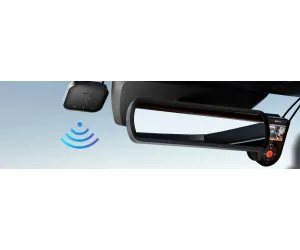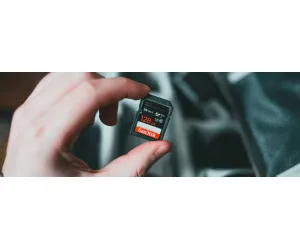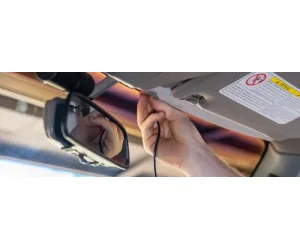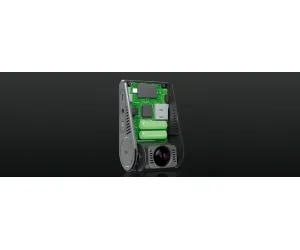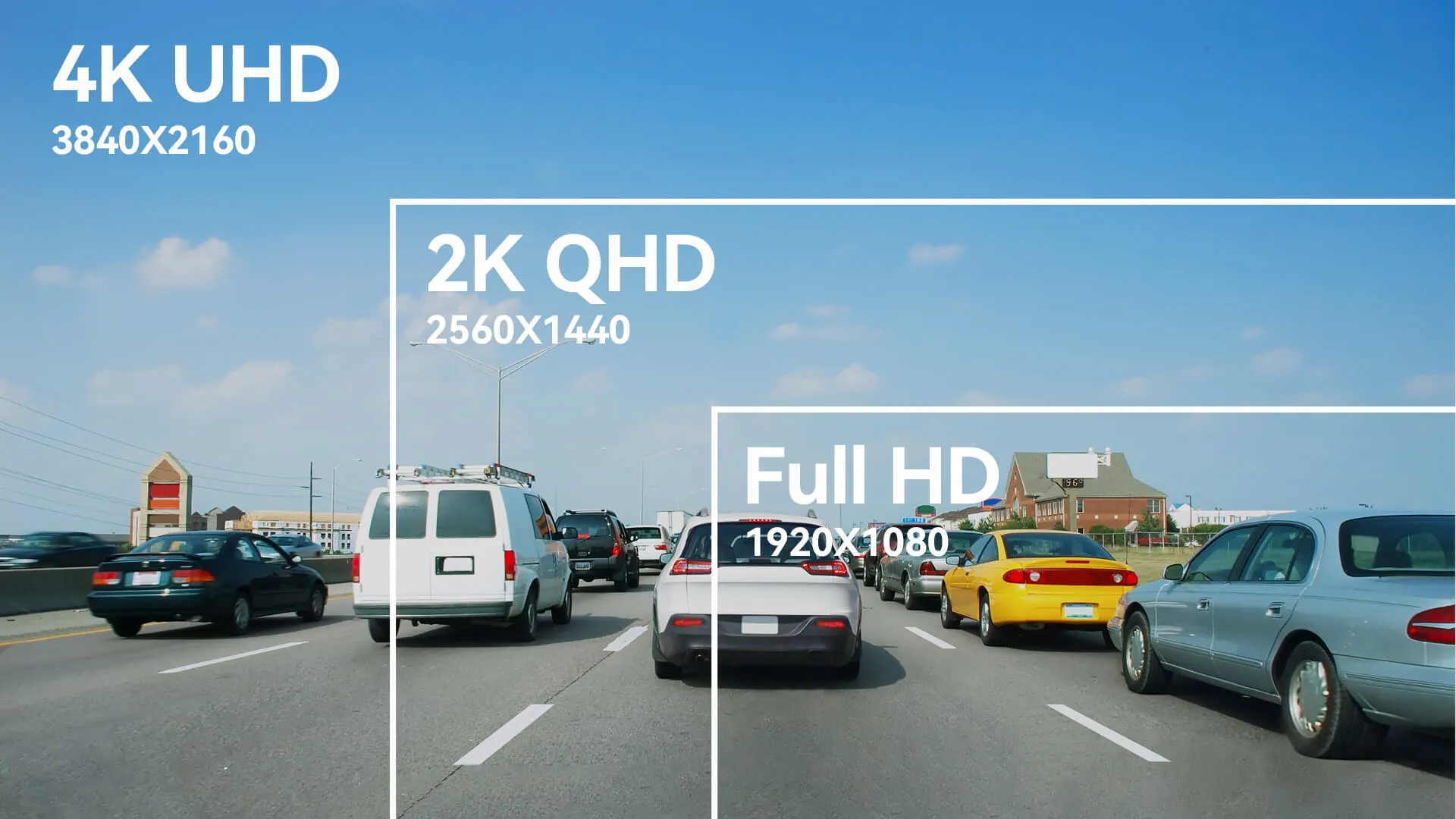
When buying a dash cam, one critical feature to evaluate is the video resolution. It directly impacts the clarity of the footage, making it easier to discern details such as license plates and road signs. With options ranging from 1080p to 2K and 4K, how do you decide which resolution suits your needs? Let’s explore each resolution and determine the best fit for you.
What Is Video Resolution?
Video resolution refers to the number of pixels in a video frame. Higher resolution means more pixels, resulting in clearer and more detailed footage. For dash cams, this translates to better video quality—essential for capturing critical evidence in case of incidents.
The most common dash cam resolutions are:
- 1080p (Full HD)
- 2K (Quad HD)
- 4K (Ultra HD)
Each resolution offers varying levels of detail, and your choice will depend on your requirements.
Dash Cam Resolution Breakdown
1. 1080p (Full HD)
- What It Is: 1920 x 1080 pixels, commonly known as Full HD.
- Benefits:
- Affordable and widely available.
- Sufficient for general driving scenarios, capturing road conditions and incidents effectively.
- Drawbacks:
- Struggles with capturing finer details like license plates from a distance or at high speeds.
2. 2K (Quad HD)
- What It Is: 2560 x 1440 pixels, offering four times the pixels of 720p and significantly sharper than 1080p.
- Benefits:
- Improved clarity for details such as license plates and road signs, even in challenging conditions.
- A great middle ground for those who want more detail without committing to 4K.
- Drawbacks:
- Larger file sizes require higher-capacity memory cards.
- Slightly more expensive than 1080p models.
3. 4K (Ultra HD)
- What It Is: 3840 x 2160 pixels, delivering four times the detail of Full HD.
- Benefits:
- Exceptional clarity, capturing even the smallest details, such as distant license plates or faint road signs.
- Excellent performance in both daylight and challenging lighting conditions.
- Drawbacks:
- Expensive compared to 1080p and 2K models.
- Requires high-capacity SD cards and faster storage solutions due to larger file sizes.
- Playback may demand powerful devices.
Factors to Consider When Choosing Dash Cam Resolution
1. Purpose
- 1080p: Suitable for basic driving documentation and security needs.
- 2K: Ideal for frequent driving in urban areas or for users who value sharper footage.
- 4K: Best for those who want the highest level of detail and clarity for professional or critical purposes.
2. Storage Requirements
Higher resolution equals larger file sizes:
- 1080p: Works well with 32GB–64GB SD cards.
- 2K and 4K: Require 64GB or larger SD cards. For 4K, Class 10 or UHS-I SD cards are recommended for smooth data recording.
3. Budget
- 1080p: Budget-friendly, offering decent quality without breaking the bank.
- 4K: Premium option, ideal for those who prioritize top-tier performance regardless of cost.
4. Night Driving Performance
Resolution alone doesn’t guarantee superior night footage. The quality of the camera sensor and additional features like night vision are crucial.
Tips to Optimize Storage for High-Resolution Dash Cams
- Use High-Capacity SD Cards: For 2K or 4K, opt for 64GB or larger SD cards to accommodate larger file sizes.
- Back Up Regularly: Save important clips to a separate device to free up space.
- Enable Loop Recording: Set your dash cam to overwrite older footage automatically, ensuring continuous recording.
Conclusion
Choosing the right dash cam resolution depends on your specific needs, budget, and intended use:
- 1080p: Affordable and reliable for general use.
- 2K: Offers a balance of quality and storage efficiency.
- 4K: The ultimate choice for unmatched detail and clarity.
Consider what matters most—whether it’s cost-effectiveness, high-definition footage, or capturing every detail. With the right dash cam resolution, you’ll have a dependable companion to document your journeys with clarity and confidence.



